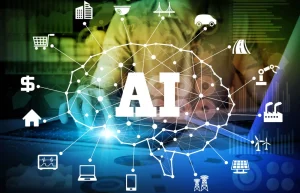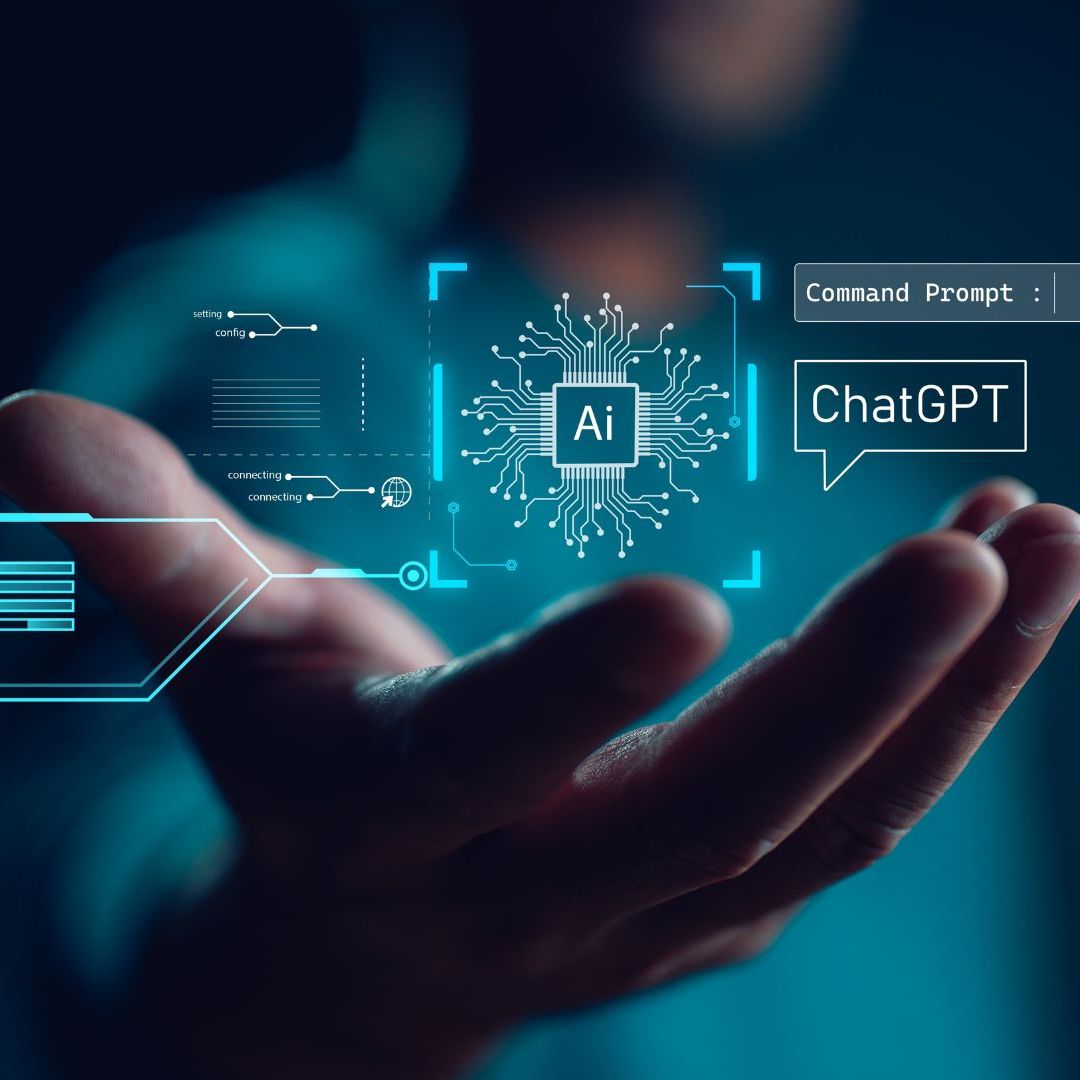The information I have received from this week’s readings and video did not surprise me. However, it did provide details I did not know about. I’ve heard endless conversations about AI taking jobs or transforming daily life, but I had never looked closely at the environmental toll, the economic implications, and the way companies use AI as a narrative tool. After going through the BBC Video and three articles, I realized how much of the story I had been missing.
BBC Video AI Water Usage
This video argues that AI isn’t just a digital system; it has a huge physical footprint, especially when it comes to water consumption. The biggest surprise from the video was learning how much water AI consumes just to function. I had no idea that running AI models requires such intense cooling that data centers pull millions of gallons of water from local communities. It completely reframed AI for me, not just as a digital system, but as something tied to real world environmental resources.
Did they make their point well? Definitely. The visuals and straightforward explanations made the issue feel real and urgent.
What was missing? I found myself wanting a bit more: maybe comparisons to other industries, or interviews with experts who could put the numbers in context.
The Social Contract is Breaking
This piece suggests that AI is shaking up the unwritten agreements that hold society together, from labor expectations to shared values. From this article, I learned that the author believes AI is accelerating social and economic shifts faster than institutions can adapt. I didn’t realize people were discussing AI in the context of rewriting the “social contract”. I knew tech influenced society, but I didn’t know anyone was making the argument that AI could destabilize the foundation of how we work, learn, and govern ourselves.
Did they make their point well? Mostly. The argument was thought provoking and made me reflect on how quickly AI is changing the world around us.
What was missing? It leaned a little dramatic at times, and I would’ve liked clearer examples or practical ideas about what a “new” social contract could look like.
Axios Article on White collar Job Loss
AI is transforming white collar jobs faster than anyone predicted shifting tasks, roles and an entire career paths. The Axios piece taught me that some companies are openly admitting they’re cutting jobs specifically because AI can perform tasks more cheaply. I’d heard rumors about job automation, but it surprised me how direct some executives were about not planning to replace certain roles. This was the first time I saw it laid out as a clear economic strategy rather than a vague prediction.
Did they make their point well? Yes, the writing was sharp and accessible, and the data points helped highlight how widespread the changes are.
What was missing? The piece didn’t include much from workers experiencing these shifts firsthand, which could have added more emotional and real-world depth.
Mattlar’s Article
Organizations Sometimes use AI as a convenient excuse to hide poor financial decisions or internal dysfunction. Mattlar’s piece exposed something I had genuinely never considered: companies sometimes blame AI for layoffs even when AI had nothing to do with it. According to the article, the real reason is often internal mismanagement or cost-cutting decisions that have nothing to do with automation. This gave me a more critical lens for all the “Ai replaced this job” headlines I see.
Did they make their point well? absolutely. The article backed up its claim with clear examples, making the argument feel grounded and believable.
What was missing? It might have benefited from exploring what reasonable AI integration should look like, so readers have a sense of alternatives.
AI Experiment: Comparing VandeHei & Allen with Mattlar Using an AI Tool
For this assignment, I use an AI tool (Chatgpt) to analyze how the two articles align and differ. I quickly learned that the quality of the prompt directly shaped the quality of the response. Vague prompts gave surface level answers, while detailed ones generated deeper insights.
Two AI Prompts
Prompt 1:
“Compare the arguments of the two articles and identify where they agree and disagree.”
This prompt gave me the clearest, most direct side-by-side comparison.
Prompt 2:
“Which article presents the stronger case and why?”
This response helped me understand not just the content but the strength of the authors’ reasoning.
According to the AI:
- Agreement: Both articles acknowledge that AI is transforming the job market and reshaping the economy.
- Disagreement:
- VandeHei & Allen: AI is a primary driver of the disruptions.
- Mattlar: Corporate decisions, not AI, are the real cause of job loss. AI is being used as a convenient excuse.
Most Persuasive Article
The AI argued that Mattlar’s article was more persuasive because it used concrete examples and financial data. I agreed. The Social Contract article relied more on big-picture predictions, while Mattlar showed the mechanisms behind real-world layoffs.
Key Takeaway
The shared message was that AI is changing society, but not always in the ways headlines suggest. The real takeaway is that AI’s impact depends heavily on how humans choose to use it, regulate it, or hide behind it.
Reflections on Using AI
I learned that AI isn’t just about answering questions; it mirrors the structure of whatever you feed into it. The more nuanced the prompt, the more nuanced the answer. It made me realize that AI literacy is becoming just as important as digital literacy. Some responses were surprisingly thoughtful, while others felt generic or overly safe. It reminded me that AI doesn’t “know”, it predicts. That means the responsibility is still on the user to interpret and analyze. I felt a mix of curiosity and caution. It was helpful, but also a bit disconcerting to see how quickly it could synthesize information that would take me longer.
Where We’re Headed and How We Manage It
We’re heading toward a future where AI becomes part of nearly every field. To manage that, we will need:
- Transparency about its limitations
- Policies that prevent misuse (especially in workplaces)
- A commitment to keeping humans in the decision-making loop
If we want AI to help society rather than harm it, we must treat it as a tool, not a scapegoat, not a replacement, and not a magical solution.


Hey,
I really enjoyed reading your reflections! I felt the same way about the environmental and economic aspects of AI. The BBC video really reframed AI for me too, especially the water usage. I also hadn’t considered how companies might use AI as a narrative tool, like Mattlar described. Your insights on VandeHei & Allen and Mattlar’s differing perspectives were spot-on; I agree that Mattlar felt more persuasive because of the concrete examples and data. I also found your point about AI literacy being just as important as digital literacy to be really thought-provoking. It’s true that how we interact with AI tools shapes what we get out of them.